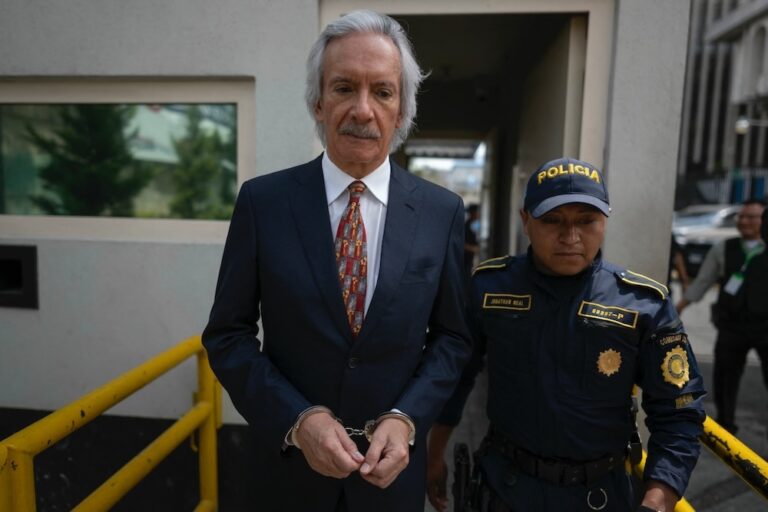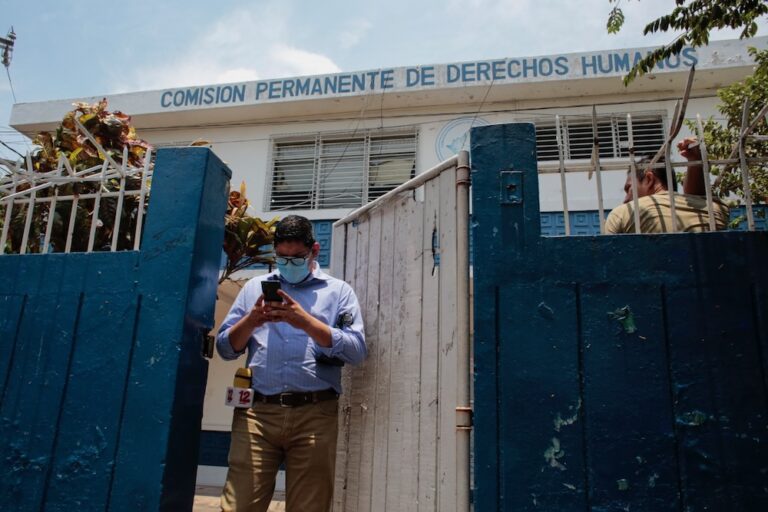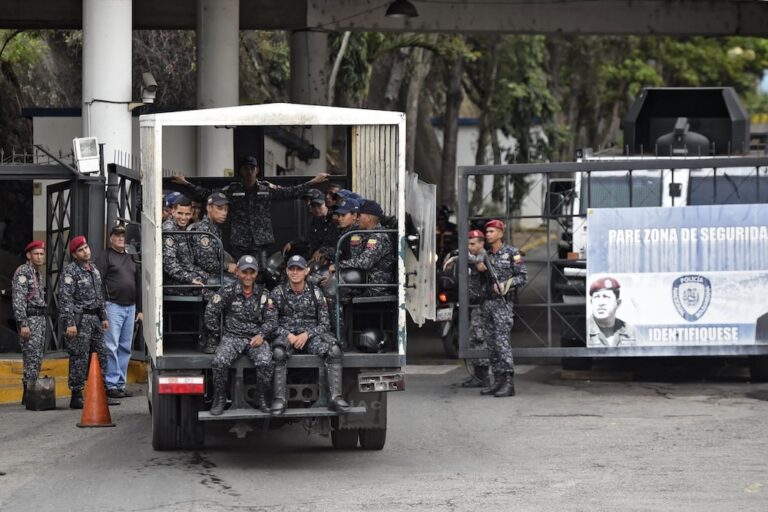If the problem of murdered journalists is not enough, it is augmented by a failure to prosecute those responsible for the crime. Such impunity proves to be the catalyst for increased murders and attacks since the cost/benefit analysis for the criminals is a simple one: I can kill, deliver a message and get away with it.
The bullet tore through his chest, destroying ribs and organs and exited through his back. That was one of the 17 shots that impacted the body of Jaime Guadalupe Dominguez. Unfortunately, this case is just one of many crimes against journalists in Latin America that remains unsolved, and which has little hope of being solved in the near future.
With the third annual International Day to End Impunity on November 23, the situation in various Latin American countries is worrying. Throughout the region, organized crime syndicates and local officials are involved in violent crimes against journalists and in many cases they act with complete impunity, avoiding any legal ramifications.
Statistics presented by the Inter American Press Association (IAPA) show that from 1987 to October 21st 2013, 419 journalists have been killed and 25 more are missing. In many of these cases, no one has been held accountable. Impunity for these crimes goes back as far as 20 years, and many cases are expiring after decades with no investigations: only this year, the statute of limitations on 17 cases will expire.
If the problem of murdered journalists is not enough, it is augmented by a failure to prosecute those responsible for the crime. Such impunity proves to be the catalyst for increased murders and attacks since the cost/benefit analysis for the criminals is a simple one: I can kill, deliver a message and get away with it.
In Latin America, this situation has escalated to such an extent that three of its countries (Mexico, Brazil and Colombia) feature in the top 10 of the Committee to Protect Journalists’ Impunity Index. Colombia ranks fifth on the list of offenders, with eight unsolved murders in a population of approximately 50 million making its “impunity index” 0.171 unsolved journalist murders per million inhabitants. Mexico is ranked seventh, with 15 unsolved crimes and an index of 0.132, while Brazil is tenth with nine unsolved murders and an index of 0.046.
Other countries in Latin America also have cause for concern, like Honduras and Venezuela, where there has been a rise in deadly attacks on journalists.
Although Colombia has the highest rate of impunity in the region, most of the cases of killed journalists in this country happened a decade ago. The issue here is that Colombia’s legal system establishes that any crime committed before 2000 expires after 20 years. This means that numerous cases of journalists murdered in Colombia are on the verge of expiring with no one chance of anyone being held responsible. In Colombia, organized crime, guerrillas, and paramilitary organizations are the principal agents responsible for attacks on the press.
Even so, justice remains elusive in more recent attacks. In September, radio journalist Edinson Molina was killed by two strangers while he was driving his motorcycle with his wife. Both were shot, however Molina’s wife survived. Molina had frequently used his radio show as a platform to criticize the local government for corruption and he had been the recipient of frequent threats in the weeks leading up to his death. More than two months have passed and there has still not been an investigation.
While press freedom organizations within Colombia and internationally have pressed the government demanding a quick investigation of this murder, no official response has been given. It has been reported that evidence from the case has been lost and Molina’s wife has not yet been called to testify.
Mexico has also long been a location of severe impunity, with a rate of 90 percent of journalist murders unpunished. While the overall number of journalists murdered in Mexico has decreased in the past three years, this can be attributed to the climate of fear facing journalists working in the country. As the principal suspects of attacks against the press have been government officials and drug cartels, the Mexican media (especially in the northern states) have decreased their coverage of these issues in an attempt to stave off attacks.
“Drug traffickers, violent criminals, and corrupt officials who threaten Mexico’s future have killed, terrorized, and co-opted journalists, knowing that controlling the flow of information will further their needs. They have been increasingly successful, and the results have been devastating” said a CPJ report in 2010, and the situation has changed very little since then.
Brazil is yet another country of concern. Having been a good example of press freedom in the continent for years, the largest country in South America now faces a decline in this aspect with numerous attacks on journalists and media and an increase in their ferocity.
As the press is getting deeper into reporting of corruption in business and politics in Brazil, the rate at which journalists are being attacked has increased tremendously. It’s difficult to determine the people behind these attacks, but different reports point to corrupt officials and hired hit men.
When a journalist is threatened or killed for doing his or her job, there are two main problems: the loss of human life, and the effect it has on the media environment. With each murder, the press becomes more afraid of becoming a target, thus potentially limiting the coverage of these issues. Fear prevents journalists from speaking out, and the strength of the press decreases.
A strong and free press is essential and correlative to a strong and free democracy. There is also a clear link between impunity and the state of free expression in the region. It’s a dreadful fact that most international organizations are reporting freedom of speech and the press in Latin America are at the lowest levels in decades.
When governments allow or even promote hostility and attacks on the media, as is currently happening in many Latin American countries, they set a precedent for an escalation of aggression between journalists and those that they report on, often with tragic results.
In extreme cases of impunity, media are left with few options. Many will choose the only option they have to guarantee any safety: avoiding of issues in the public interest that would put them in the line of fire. Unfortunately, this also means that society loses one of its most valuable watchdogs.
Such developments threaten to have a domino effect, spilling over to countries throughout the region. As a result, there needs to be support from countries where the rule of law is strong and journalists operate without fear of impunity. It’s up to these countries to support and help media and journalists in these challenging situations. If ignored, the risk of finally falling into the same situation increases day after day.
José Peralta is the 2013-2014 Scotiabank / CJFE Journalism Fellow at Massey College.


